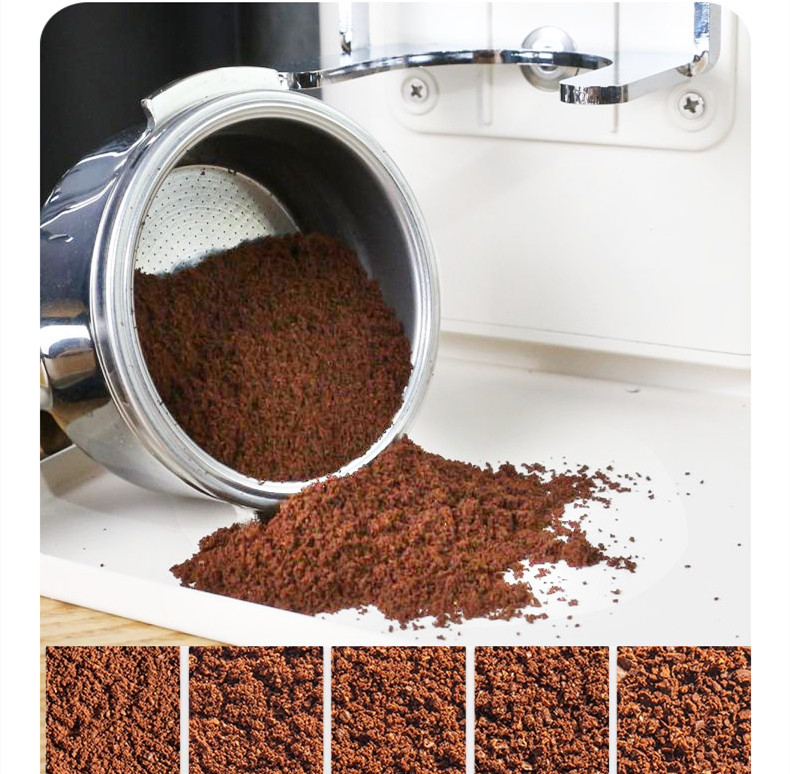The heat transfer principle of a coffee roaster is one of the core factors influencing the roasting effect of coffee beans. The process involves the synergistic effect of multiple heat transfer methods, mainly including heat conduction, heat convection and heat radiation. The following is the specific analysis:
First, heat conduction
Heat conduction is the process by which energy is transferred through the direct collision of microscopic particles (such as molecules and atoms) within a substance. In a coffee roaster, heat conduction is mainly achieved through the following methods:
The contact between the inner wall of the roaster and the coffee beans: After the inner wall of the roaster (such as the drum or roasting chamber) is heated, the heat is transferred to the surface of the coffee beans through direct contact. This transfer method is particularly important in the early stage of roasting, as the coffee beans are at a lower temperature at this time and need to be heated up quickly.
Heat conduction inside coffee beans: Heat is transferred from the surface to the interior of coffee beans, causing the overall temperature of the coffee beans to rise. Because coffee beans are solid, their internal heat conduction speed is relatively slow. Therefore, during the roasting process, the heating rate needs to be controlled to prevent the surface from charring while the interior remains unripe.
Second, thermal convection
Thermal convection is the process by which heat transfers energy through the macroscopic movement of fluids such as gases or liquids. In a coffee roaster, thermal convection is mainly achieved through the following methods:
Hot air circulation: The interior of a baking machine is usually equipped with fans or ventilation systems to enable hot air to circulate within the baking chamber. Hot air comes into contact with the surface of coffee beans, transferring heat to them and carrying away the water vapor and volatile substances produced during the roasting process.
Air flow control: By adjusting the speed and direction of the air flow, the roasting effect of coffee beans can be affected. For instance, stronger air currents can accelerate the evaporation of moisture on the surface of coffee beans, promoting the Maillard reaction and caramelization reaction, but they may also cause the surface temperature of coffee beans to be too high and lead to caramelization.
Third, thermal radiation
Thermal radiation is the process by which heat is transferred as energy through electromagnetic waves (such as infrared rays), and it can propagate in a vacuum without a medium. In a coffee roaster, thermal radiation is mainly achieved through the following ways:
Radiation from heating elements: The heating elements of the roaster (such as electric heating tubes and gas burners) emit infrared radiation during the heating process, which directly shines on the surface of the coffee beans, raising their temperature.
Radiation intensity and distance: The intensity of thermal radiation is related to the distance from the heating element. The closer the distance, the greater the radiation intensity and the faster the coffee beans warm up. Therefore, during the roasting process, it is necessary to reasonably control the distance between the coffee beans and the heating elements to ensure uniform heating.
Fourth, the synergistic effect of heat transfer
During the coffee roasting process, the three methods of heat conduction, heat convection and heat radiation often coexist and work in coordination with each other, jointly influencing the roasting effect of coffee beans. For example:
In the early stage of roasting, heat conduction and heat radiation may play a dominant role, causing the surface of coffee beans to heat up rapidly.
As baking progresses, thermal convection gradually intensifies, carrying away moisture and volatile substances through the circulation of hot air and promoting the progress of chemical reactions.
In the later stage of roasting, it may be necessary to adjust the heat transfer mode (such as reducing the intensity of heat radiation and increasing the speed of heat convection) to prevent the surface of coffee beans from caramelizing.


